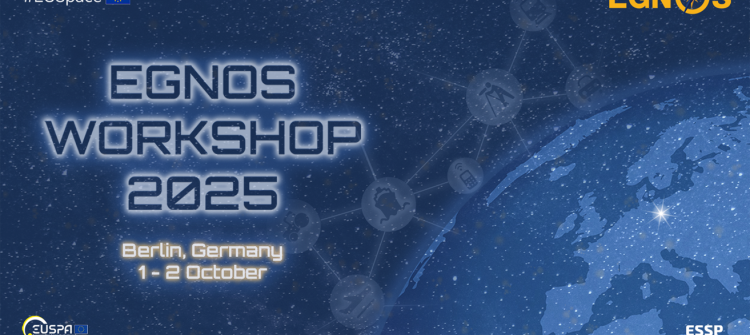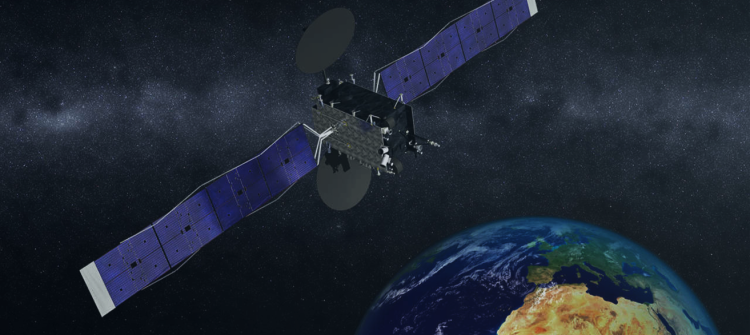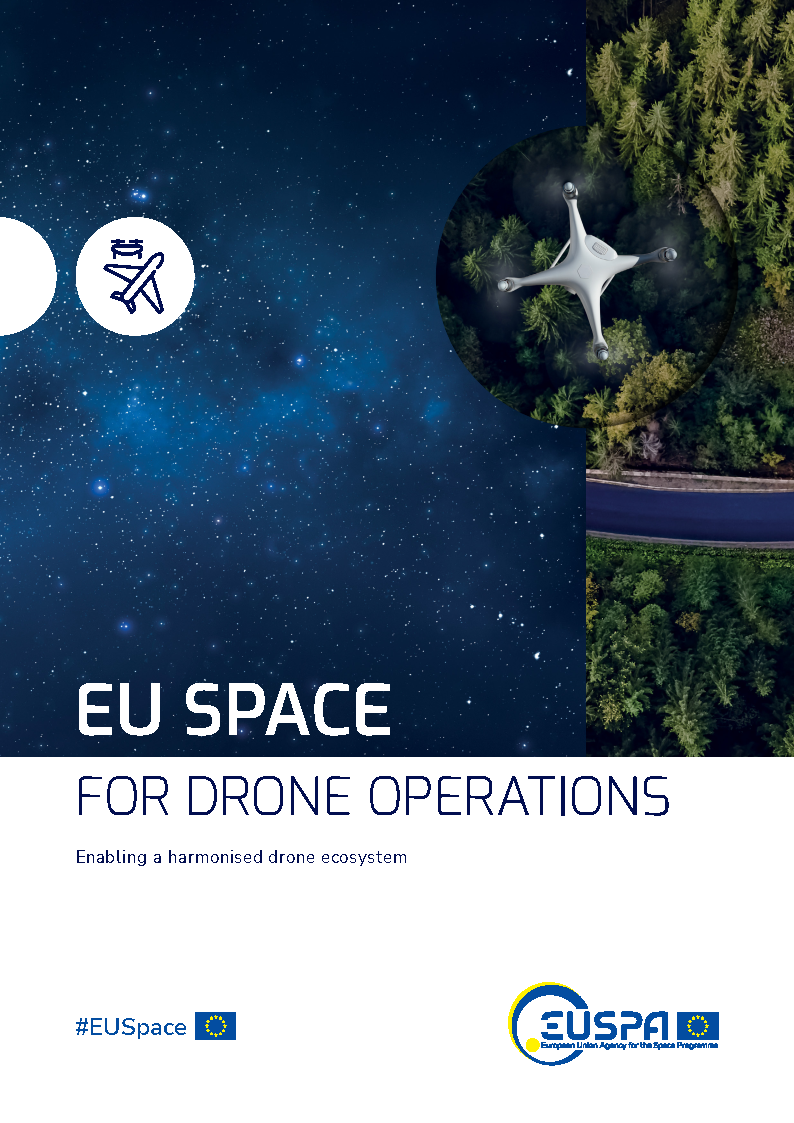Aviation and Drones
Accuracy is essential in aviation, thus GNSS is used extensively, with Satellite-Based Augmentation Systems (SBAS). EGNOS, the European SBAS provides access to small and medium airports through Performance Based Navigation procedures, increasing safety and enabling business growth across Europe. Currently, over 400 airports across Europe rely on EGNOS for fuel-efficient and less noisy approaches.
Earth Observation data by Copernicus enables the monitoring of volcanic ash clouds, emissions, terrain (supporting optimised routing), flight procedure development and flight planning.
Similar to Air Traffic Control (ATC), U-space is a drone ecosystem designed to control, manage and integrate all UAS flying within the Very Low Level (VLL) airspace. Complementing ATC, it will ensure the safety, security and efficiency of drone operations. GNSS positioning by Galileo, further enhanced by EGNOS will allow airspace regulators to create and enforce geofences around events, critical infrastructure or densely populated areas where flight is either regulated, restricted or prohibited.
Earth Observation is also set to play a role in UAS (Unmanned Aircraft Systems) operations, particularly as to supporting safe route planning. For instance, maps that integrate Earth Observation data can provide operators with insights on population density, allowing them to plan routes that avoid crowded areas.
Aviation and Drones In Action
Fast Facts
Downloads
-
- Language
- EN
- File type and size
- PDF, 3.42 MB










